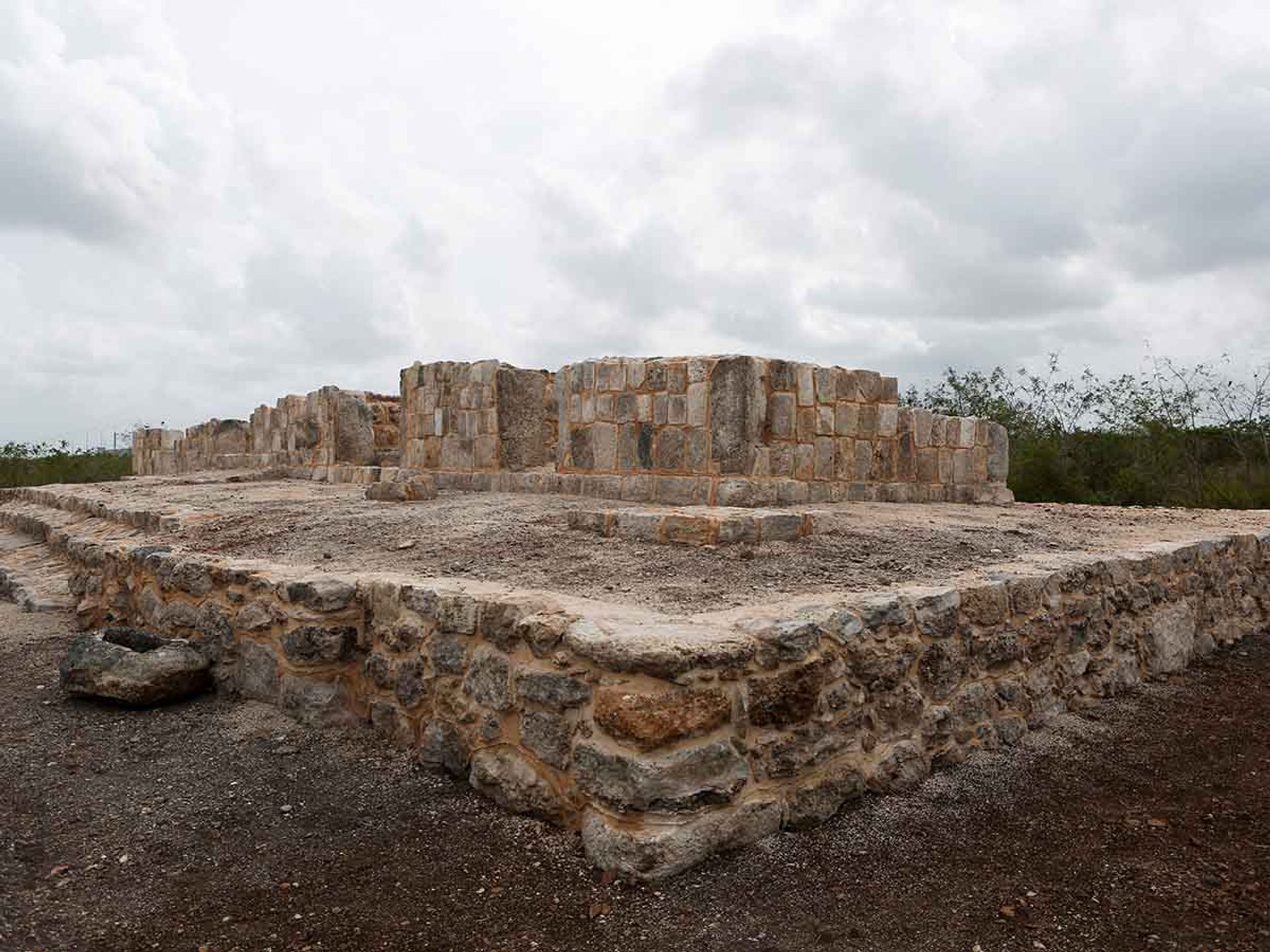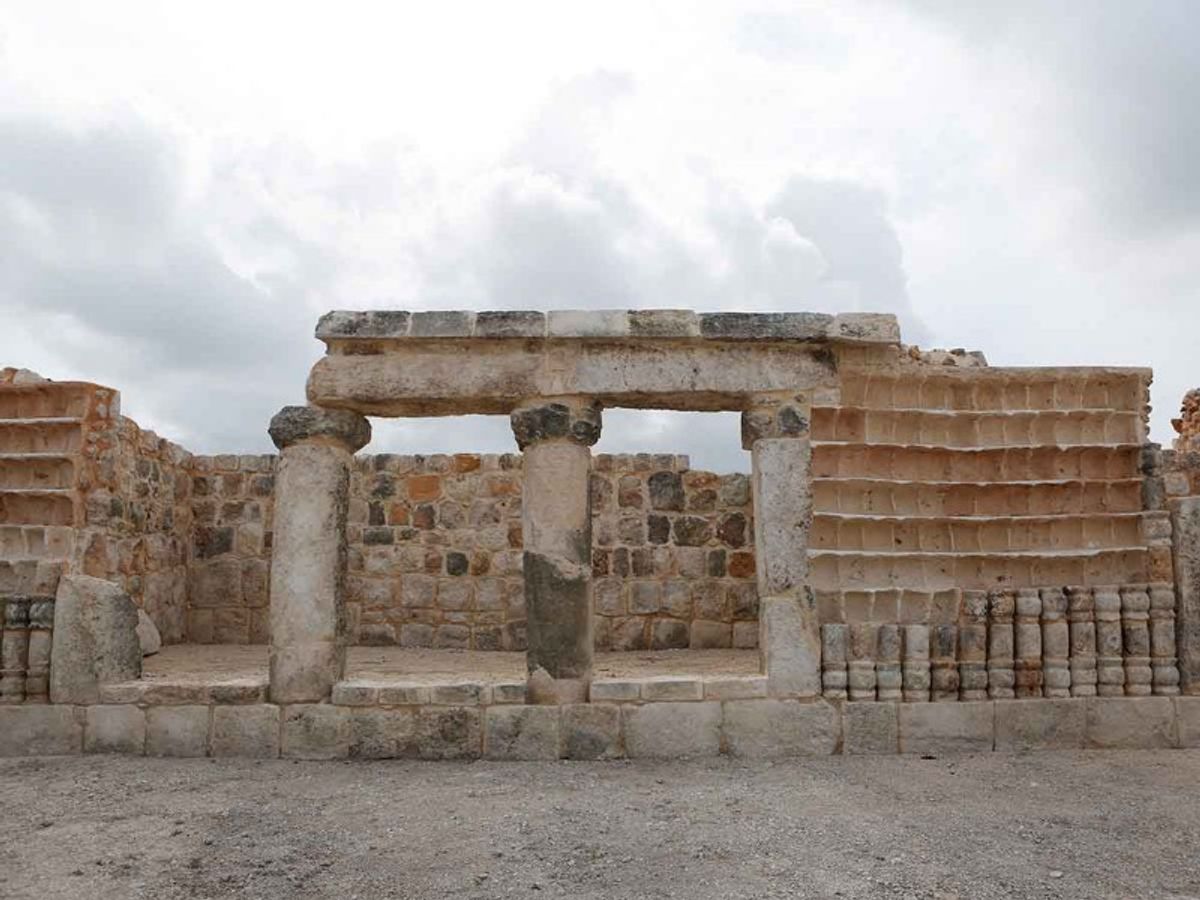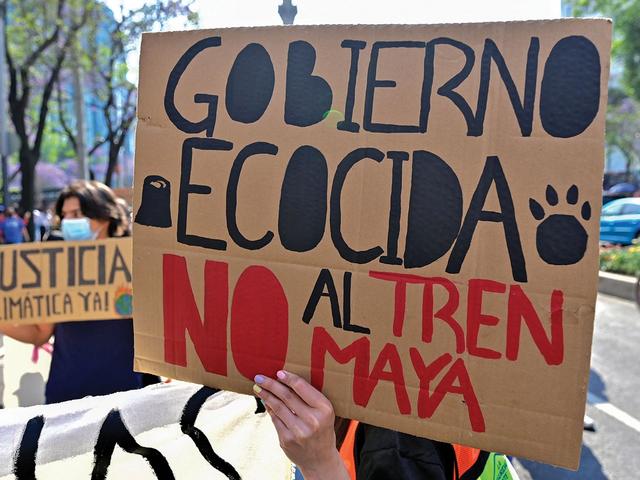Archaeologists of the Instituto Nacional de Antropología e Historia (Iphan, the Mexican federal bureau that oversees cultural heritage projects) have unearthed a remarkably well-preserved Maya city in the Yucatán peninsula near Merida while examining a construction site for archaeological artefacts.
Called Xiol, the site is thought to have been occupied between 600-900 AD and comprises nearly 100 architecturally complex structures with features related to the Mayan Puuc style. Puuc architecture, prevalent in archeological sites like Uxmal and Chichen Itza, is characterised by segmented limestone blocks and flat-roofed structures, with façades containing often-serpentine mosaics and geometric elements.
Similar examples of Puuc architecture have not been previously discovered in this particular region of the Yucatán. The structures are thought to have served as palaces and ritual sites; around 12 have been uncovered, with more than 70 structures being identified but not yet excavated.

Parts of Xiol are expected to open to the public later this year. Reuters.
Archaeologists have also discovered a cenote (freshwater underground wells that were sacred to the Maya), carved stone heads, intact and highly stylised ceramics featuring esoteric religious symbols, and burial grounds with vast holdings of obsidian sculptures, tools and flint objects and other offerings. The site also holds evidence of marine artefacts, offering insight into the dietary habits of the population.
Various previously unknown archaeological sites have been discovered as development increases in the Yucatán, mostly centred around the construction of the controversial Maya Train, a multi-billion train line that aims to boost tourism in the region by connecting various archaeological sites on the peninsula. Last month the Mexican government launched a public consultation process regarding a particularly contentious stretch of the train line, and this week a federal judge blocked the development until further environmental analysis could be conducted.
Xiol is said to have been discovered during the construction of an “industrial park”, according to Iphan. It is slated to be open for public visitation later this year.



